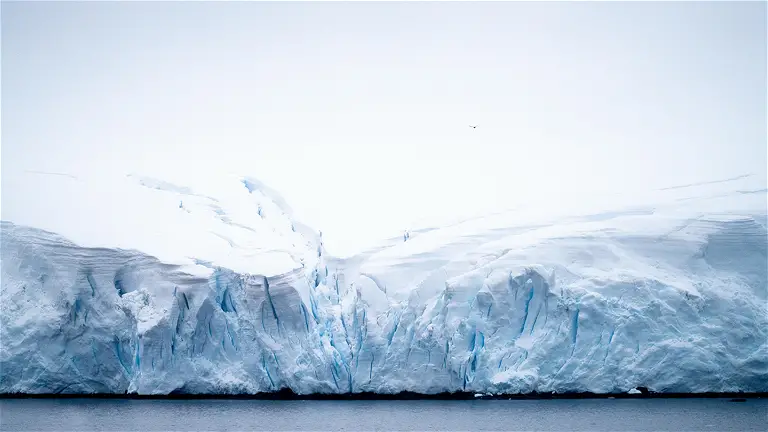
Antarctica today is a hostile place for life, very few species can survive in these environments and humans are not naturally one of them. There are permanent bases in the region but they are totally dependent on the outside of the continent, to the point that doctors must remove the appendix because if they suffer appendicitis no one could help them in this region. Their bases also seem futuristic, looking for cosmic particles or to learn more about our planet. Now, a scientific team has discovered that during the Eocene, the surface of Antarctica may have been riddled with rivers.
An Antarctica as we could not imagine it
A recent study published in Science Advances by scientists from different institutions in Germany, Ireland and the United Kingdom, reveals an image that we did not imagine of Antarctica during the Eocene, between 44 and 34 million years ago. At that time it seems far from being the frozen continent we know today, West Antarctica was home to a vast river system that stretched for more than 1500 kilometers, from the Transantarctic Mountains to the Amundsen Sea. In this way, we are facing an unexpected turn of events, or at least what the average person imagines about Antarctica.
This discovery is based on the analysis of sediments obtained from a drill core on the continental shelf of the Amundsen Sea. The scientific team used different techniques that are quite advanced to reconstruct the environmental conditions of the area, such as geochronology or thermochronology, something that is not within the reach of all laboratories on the planet.
The results indicate that much of West Antarctica was above sea level during the Eocene, though not much higher. This condition allowed for the existence of an extensive river system, but did not favor the formation of large ice sheets. The sediments analyzed were deposited in a coastal-estuarine swamp environment at the mouth of this transcontinental river. After all, the Eocene was a period of geological transition that changed everything after a time when tectonic stillness had dominated for 40 million years. From that moment on, the faults of Antarctica began to activate and the volcanism of the region caused the Transantarctic Mountains to rise in a surprising way.
One finding by these scientists is that volcanic activity in West Antarctica appears to have begun around 44 million years ago, earlier than previously thought. This new chronology helps to better understand the geological evolution of the continent.
The river drainage basin found in the Eocene was much more extensive than the current glacial drainage basins in the region. This implies a topographical and climatic configuration radically different from the current one. The river system transported sediment from the growing Transantarctic Mountains to the South Pacific Ocean, shaping the Antarctic landscape in a way that is difficult for us to imagine today.
These findings have significant implications for our understanding of the transition to the modern glacial world and the development of the Antarctic ice sheets. They suggest that, despite the existence of a large ice sheet in East Antarctica at the end of the Eocene, it is unlikely that there was extensive ice cover in West Antarctica at that time.
This study sheds light on our knowledge of a past that until now was quite recondite. However, it does not stop there, but allows us to understand the future of Antarctica in a world in which climate change is occurring in a remarkable way. Thus, we see a very different landscape from the one it offers us today.



Comments